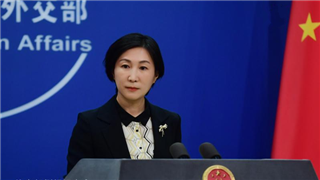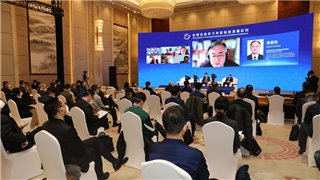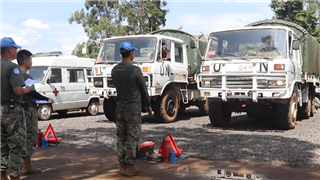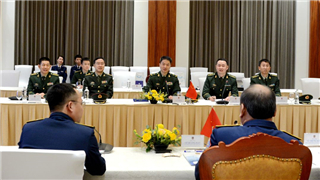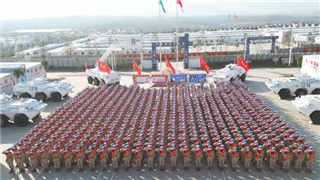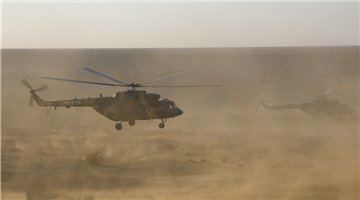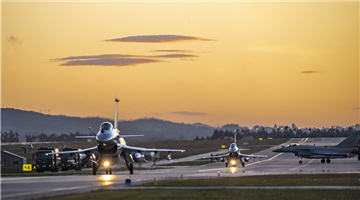By Jin Yi’nan and Zhou Yuting
The annual US-Japan joint military exercise dubbed “Keen Sword” recently wrapped up. The exercise, starting in 1985, is the largest-scale annual arrangement between the US military and JSDF, but this year’s exercise is particular in that not only did the two sides send massive amounts of troops, but they set up a so-called Bilateral Ground Tactical Coordination Center (BGTCC) on the Yonaguni Island just 110km away from China’s Taiwan island.
Although the two countries claimed their exercise didn’t target any third party, locating the exercise at a place so close to China’s Taiwan island is telling enough of their intentions, said Jin Yinan, a retired major general and professor from the PLA National Defence University, adding, however, that it’s still unlikely that Japan’s southwest islands will be turned into a forward military base of the US military. As the US Air Force is pulling many of its aircraft out of the Okinawa base, stationing troops on an island so close to Taiwan barely seems reasonable. The recent joint exercise was more a gesture to proclaim the two countries’ connivance and support for the “Taiwan independence” forces.
In recent years, Japan has escalated military operations in its southwest islands that are close to the Taiwan island, but Tokyo knows very well that it won’t station its main forces there, let alone the US, because wherever they deploy military forces on the islands, any substantive support for the “Taiwan independence” forces would implicate them directly in a cross-Strait warfare and make them targets of attack. Therefore, Japan would think twice before putting offensive weapons there. That’s also why the two countries only set up a tactical coordination center rather than a command center on Yonaguni Island, where they only deployed sensors such as radar and wireless monitoring facilities rather than weapons.
The Keen Sword exercise was held against the broad background of Japan’s rising defense budget, which has been on a continuous rise in recent years and may account for more than 2% of GDP in 2023, meeting the standard for NATO members. According to Jin, Japan is trying so hard to pitch itself as a NATO partner and accelerate its military integration with the US through a series of exercises because it wants to leverage external forces to break the constraints imposed by the Pacificist Constitution and seek the so-called military normalization. In this process, it wants to make use of both the US and China.
NATO wants to keep expanding to Asia Pacific and make Japan and ROK its regional partners. Following this trend, Japan attempts to increase its defense budget to 2% of GDP, the standard NATO sets for its members. In fact, Japan’s defense expending already reached that level in 2021, amounting to as much as JPY5.5 trillion, and the total spending for the next five years will probably reach 40 trillion, or around US$300 billion, averaging about US$60 billion per year. That’s a formidable increase.
At present, Japan is only allowed to have defensive defense without any authority to make offensives, but its massive increase in defense expenditure and hastened the development of offensive capabilities are actually reducing its Pacificist Constitution and the exclusively defense-oriented strategy to a name only. Tokyo is going all out to foster an armed force with the ability to launch regional attacks. That is – on the surface – to cooperate with the US military, but actually intensify its own armed force in an all-round way by manipulating America’s concern over China’s military build-up. What Japan really has in mind is to eventually establish an independent military force free from America’s control and influence by realizing the so-called normalization of the country.
Editor's note: Originally published on military.cnr.cn, this article is translated from Chinese into English and edited by the China Military Online. The information and opinions in this article do not necessarily reflect the views of eng.chinamil.com.cn.
